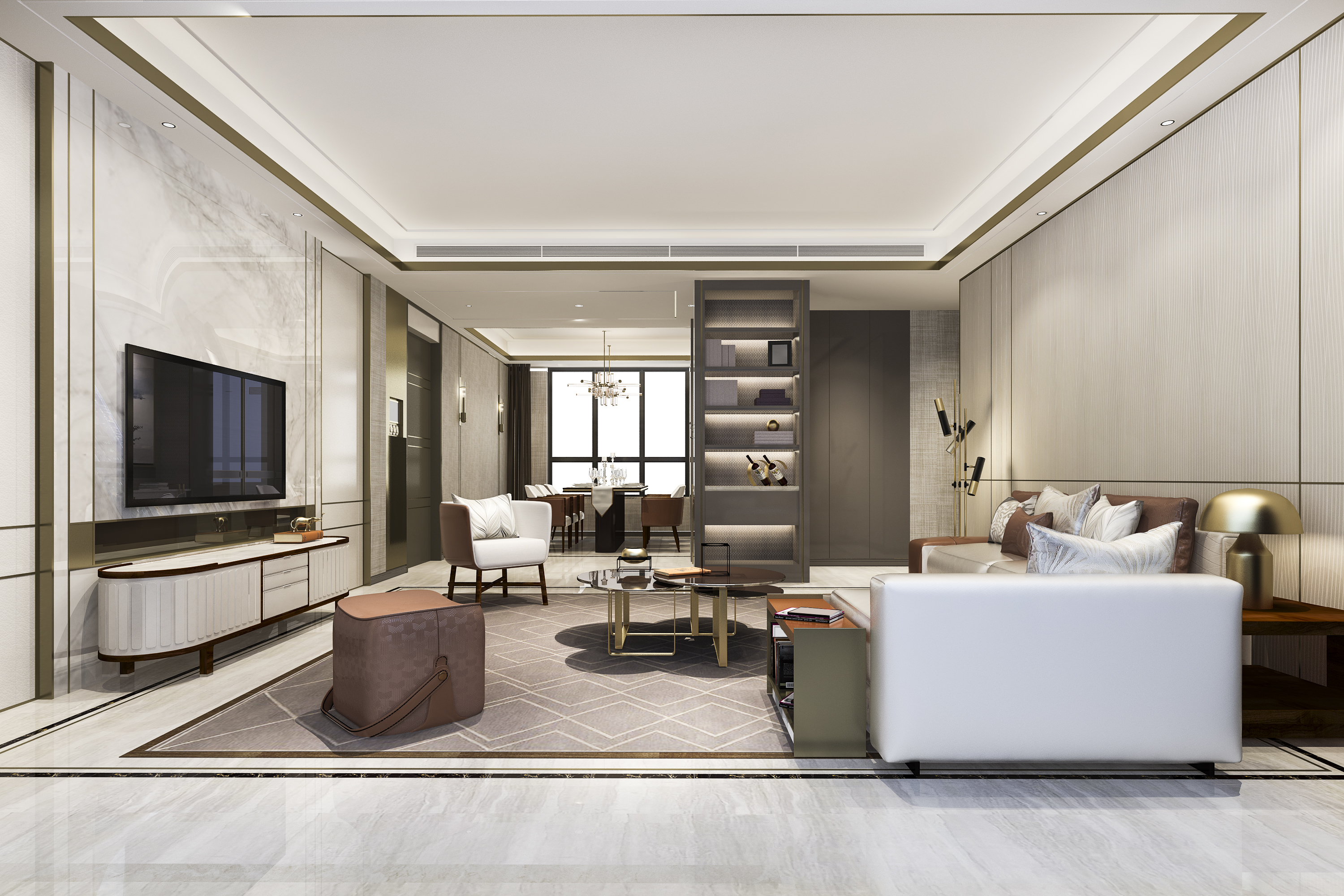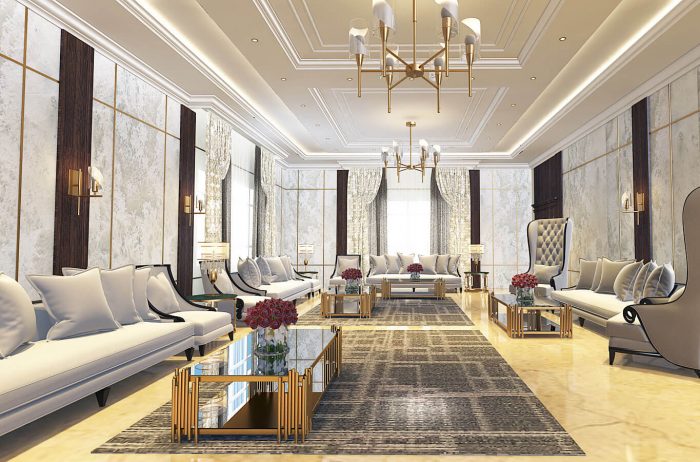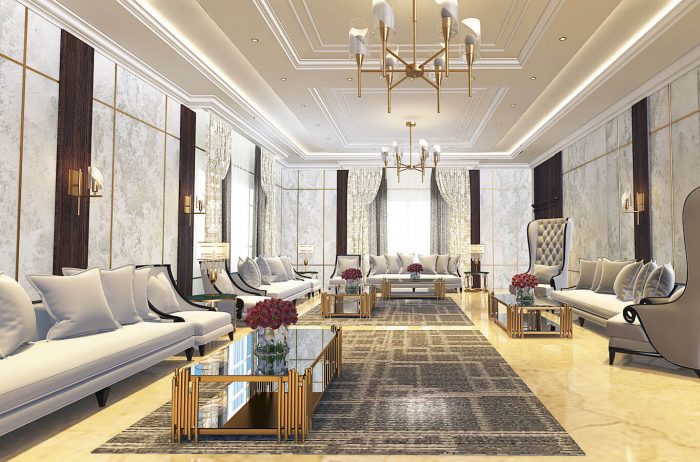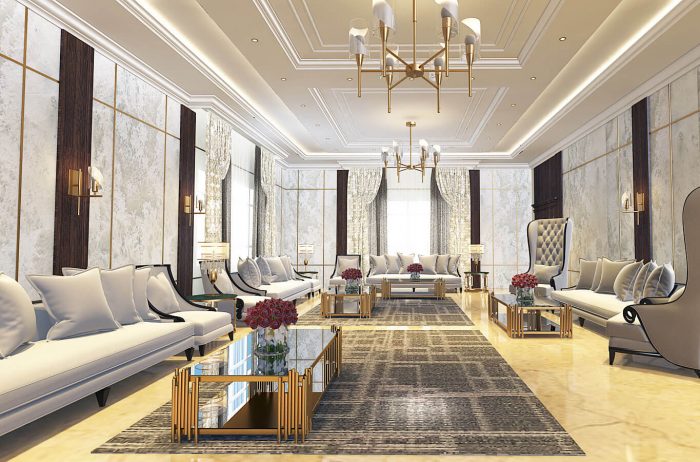Understanding the Fit-Out Process in Qatar: From Shell & Core to Final Handover

Strong 8k brings an ultra-HD IPTV experience to your living room and your pocket.
If you’ve ever signed a lease in Doha or Lusail and stepped into a space that felt more like a construction site than a shop or office — you’re not alone. That’s what’s known as a shell-and-core unit. It’s normal in Qatar. The outside might look modern and polished, but the inside? It’s a blank slate. No walls, no lights, sometimes not even flooring.
Turning that bare space into a functional, welcoming place? That’s what the fit-out process is all about.
What Does Shell & Core Actually Mean?
Imagine buying a new car with just the body — no seats, no dashboard, no air conditioning. That’s what a shell & core space feels like.
Typically, what’s included:
Concrete floor
Unfinished ceiling
No internal walls
No lighting or proper MEP (Mechanical, Electrical, Plumbing) finishes
It might feel daunting, but this raw setup gives you full control over how your space will look and function.
Why It Matters to Know the Fit-Out Process
In Qatar, especially in areas like West Bay and The Pearl, property developers leave interiors flexible on purpose. This lets tenants like you customize the space completely.
But here’s the catch: if you don’t know how the process works, it’s easy to overspend, miss deadlines, or get stuck in red tape.
That’s why we’re breaking it all down. Whether you’re launching a boutique café or a private medical clinic, this guide walks you through each step.
Step-by-Step Fit-Out Process in Qatar
Step 1: Survey & Site Check
First, you need to understand what you’re working with. A good fit-out contractor will visit the site and inspect things like:
Ceiling height
Access to plumbing and power
Whether HVAC systems are in place or just ducts
“Our new office looked decent, but during the inspection, we realized none of the lighting conduits were in place,” says Farid, a software startup owner in Lusail.
This early step helps you avoid surprises that cost time and money later.
Step 2: Design & Planning
Now the creative part starts. You sit down with designers and engineers to decide how your space should look and work.
They’ll draft plans for:
Internal partitions
Flooring and ceiling design
Electrical points and lighting layout
Furniture and branding areas
Qatar-specific considerations might include prayer spaces, gender-separated facilities, or accessibility features, depending on your business.
Step 3: Authority Approvals
Here’s where things get serious. Before a single tile is laid, you need green lights from multiple places:
Baladiya (Municipality) for building permits
Civil Defence for fire safety
Landlord approvals (especially in malls or shared buildings)
An experienced fit-out company in Qatar can fast-track this. They know who to contact and what to submit.
“We tried submitting documents ourselves. Everything came back for revisions. Once our contractor took over, it got approved in two days,” recalls Reem, who owns a small wellness studio in West Bay.
Step 4: Execution Begins
Now the space starts taking shape. You’ll see daily progress, including:
Constructing walls and partitions
Laying flooring and false ceilings
Installing lighting and electrical systems
HVAC and ductwork
Plumbing for kitchens or washrooms
Final paint and finishing touches
“The work happened in phases, with different teams in and out. The coordination was impressive,” says Khalid, who recently opened a shisha lounge in Lusail.
Step 5: Testing & Snagging
Almost done — but don’t skip this.
This stage is for catching mistakes:
Lights flickering?
Loose sockets?
Water pressure issues?
AC not cooling certain zones?
The contractor walks through with you and fixes anything before final handover.
“We noticed a bathroom light buzzing — tiny issue, but they swapped it the same day,” shared Noor, who opened a fashion boutique in Doha.
Step 6: Final Handover
Once everything checks out, you receive:
Completion certificates
Warranty info
Maintenance contacts
As-built drawings
From this point, the space is yours — ready to launch.
Watch Out for These Common Mistakes
Even well-intentioned business owners fall into these traps:
Starting without permits — It might seem faster to begin, but you’ll get fined or stopped.
Using unlicensed workers — They can’t legally sign off the project.
Changing the layout mid-way — Adds time, cost, and confusion.
Skipping post-handover support — Things can go wrong in the first few weeks. Choose a contractor who stays available.
FAQs
Q: How long does a fit-out project usually take in Qatar?
A: It depends on complexity. Small offices may take 4–6 weeks. Larger spaces with technical requirements can take 10–12 weeks.
Q: What does it cost?
A: For offices, expect QAR 600–900 per sqm. Retail or clinics may go up to QAR 1,500 or more per sqm.
Q: Can I manage the process myself?
A: You could — but you’d be juggling suppliers, engineers, inspectors, and permits. It’s easier and safer to go with a fit-out company that handles all of that.
Final Thoughts
The fit-out process isn’t just construction — it’s coordination. Design, approvals, logistics, and finishing touches all need to sync up.
Whether you’re opening a gym in Al Wakra or a pharmacy in Marina District, your space represents your brand. Make sure it’s done right.
A professional fit-out company in Qatar won’t just build your space. They’ll guide you through every step — from sketch to soft launch.
Start with a team that knows Qatar’s regulations, speaks your design language, and delivers on time. It makes all the difference.
Note: IndiBlogHub features both user-submitted and editorial content. We do not verify third-party contributions. Read our Disclaimer and Privacy Policyfor details.







